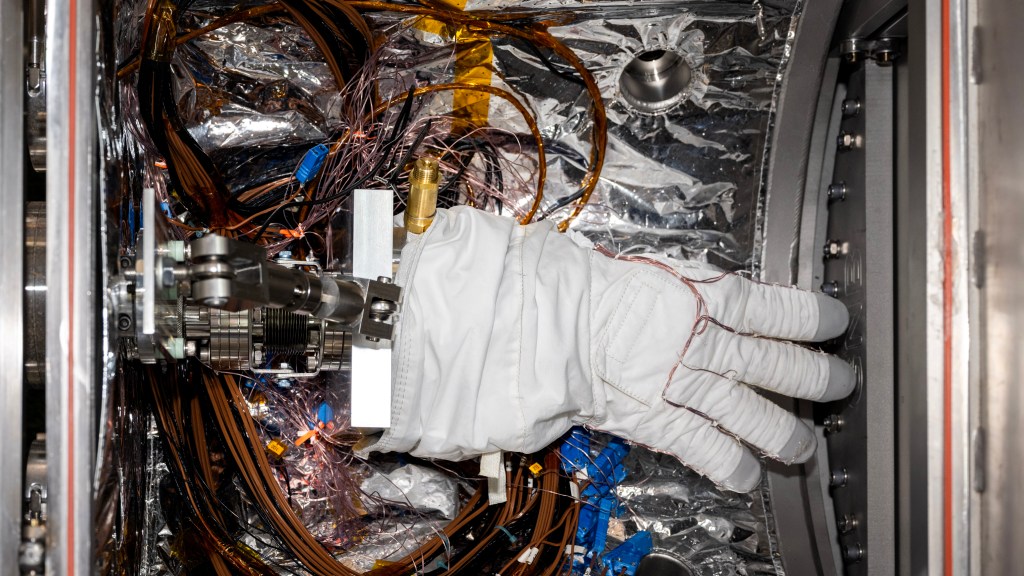NASA researchers recently conducted a drop test of the aft section of a Textron Aviation Model “Hawker 4000” airplane at NASA’s Langley Research Center in Hampton, Virginia. The drop took place at the center’s historic Landing and Impact Research Facility.
The test does not represent any type of actual aircraft crash test or event, rather a data generation exercise used for computational modelling purposes of composite materials undergoing dynamic impact events. Data acquired from the drop test is used to develop and refine these models.
These models then serve to predict and understand how composite aircraft materials will behave in a crash-like scenario so engineers can continue to improve on aircraft safety.
The test also served as a testbed for a variety of structural health monitoring sensors, which were added to the aircraft section to evaluate their performance during an impact event.
The aircraft section was dropped from a height tall enough to induce catastrophic failure in at least part of the section, which is necessary for the computation models.
“By the looks of the data thus far, we dropped at nearly perfect impact conditions, collected all of the data, and were able to create a large amount of damage and failure in the section – which was our primary objective,” said Justin Littell, principal investigator for the Structural Dynamics Branch.
With the test aligning with researcher’s pre-test prediction, they are now processing the photogrammetry data and planning for another drop test.
“We re-ran some of the aft-section simulation models after looking at the forward model results,” said Littell. “We would like create a similar failure condition on the aft section, so we are going to update the test impact conditions as such.”
Researchers are rapidly planning the next drop-test and hope to repeat their success within a few weeks.


































